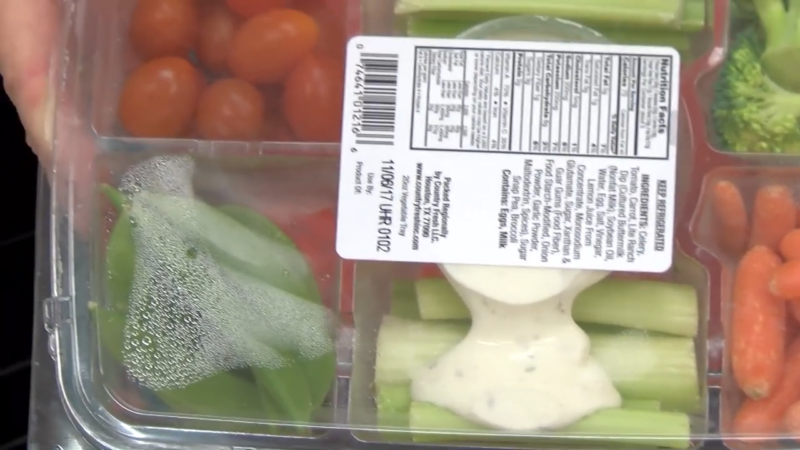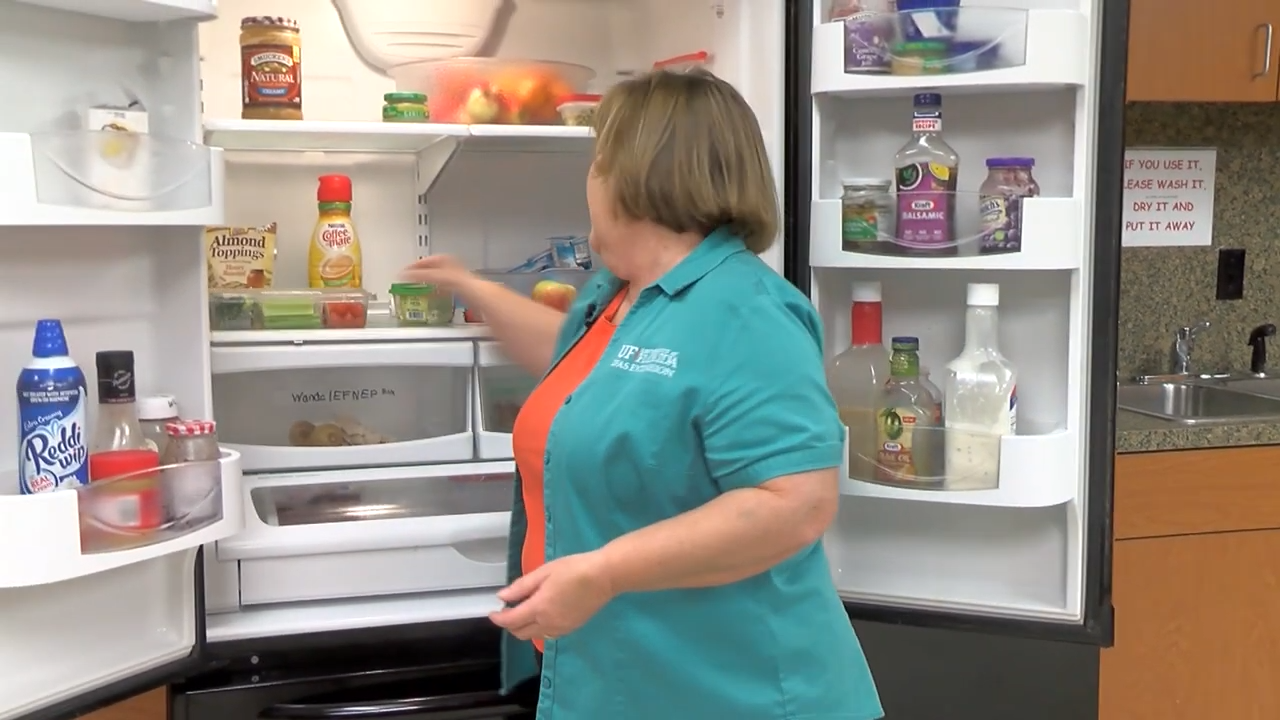Have you ever found yourself staring at your refrigerator during a blackout, wondering how long the food inside will stay fresh? It’s a common concern, especially when the outage stretches on longer than expected. Let’s explore what happens to the food in your fridge when the power goes out and how you can manage the situation safely.
Your Refrigerator’s Timeline
According to the USDA notes in Keeping Food Safe During an Emergency, your fridge will maintain food safety for up to 4 hours after losing power. This is a critical timeframe to remember because, after this window, food safety begins to decline rapidly.
Before the Power Goes Out
Be Prepared
Being proactive about food safety can save a lot of stress and waste. To start, ensure that your refrigerator and freezer are set to the proper temperatures—40°F for the refrigerator and 0°F for the freezer. This helps in maintaining the right environment for food preservation.
Additionally, consider placing containers of water or gel packs in the freezer to help maintain its cold temperature during a power outage.
Another good practice is to check the seals on your refrigerator and freezer doors to make sure they are airtight. This simple check can go a long way in keeping the cold air trapped during an outage.
Smart Packing
It’s important to allow air to circulate around refrigerated items, which means not overpacking. A well-packed freezer will retain its cold temperatures longer if it’s full, but the fridge needs a bit of breathing room to maintain its cool.
Grouping items together in the freezer can also help them stay colder longer.
During the Power Outage Keep the Doors Shut

Each time you open the door, you allow cold air to escape and warm air to enter, which accelerates the warming process. The less frequently the doors are opened, the longer the interior will maintain safe temperatures.
It’s wise to quickly grab what you need after carefully deciding, to minimize the number and duration of openings.
However, if the outage lasts more than 4 hours, don’t take risks by tasting the food to see if it’s still good.
After the Power Comes Back
Checking and Restocking
When power is restored, it’s crucial to check the temperature inside the fridge and freezer. If the freezer’s internal temperature is 40°F or lower, the food is safe and can be refrozen. However, if the internal temperature has risen above 40°F for two hours or more, it’s best to throw away any food that has been exposed to these temperatures.
Check for ice crystals to determine if frozen food is still safe. Foods showing ice crystals can be refrozen, although their quality may be diminished.
Cleaning Up
Remove all shelves, bins, and drawers and wash them with hot soapy water, then disinfect them with a bleach solution (one tablespoon of bleach per gallon of water). Wipe down the interior surfaces with the same solution, then leave the door open for a while to air dry.
This thorough cleaning helps ensure that your refrigerator remains hygienic and ready for restocking, preventing odors and bacterial growth.
How to Prevent Future Problems
Invest in Appliance Thermometers
To avoid uncertainty during future power outages, it’s helpful to invest in appliance thermometers for both your fridge and freezer. These devices provide a reliable reading of the internal temperatures without needing to open the doors, helping you manage the situation more effectively.
Consider a Generator
For those living in areas where power outages are frequent or prolonged, investing in a generator might be a wise decision. A generator can keep your refrigerator running during outages, ensuring that your food remains safe.
In Summary
Dealing with a power outage doesn’t have to result in food waste or illness. By preparing in advance and taking the right steps during and after an outage, you can effectively manage your food supplies safely. When in doubt, it’s always better to err on the side of caution and throw out any questionable food. Your health is too valuable to risk.
Sources
1. FSIS USDA – Avoid Foodborne Illness During Temporary Power Outages



